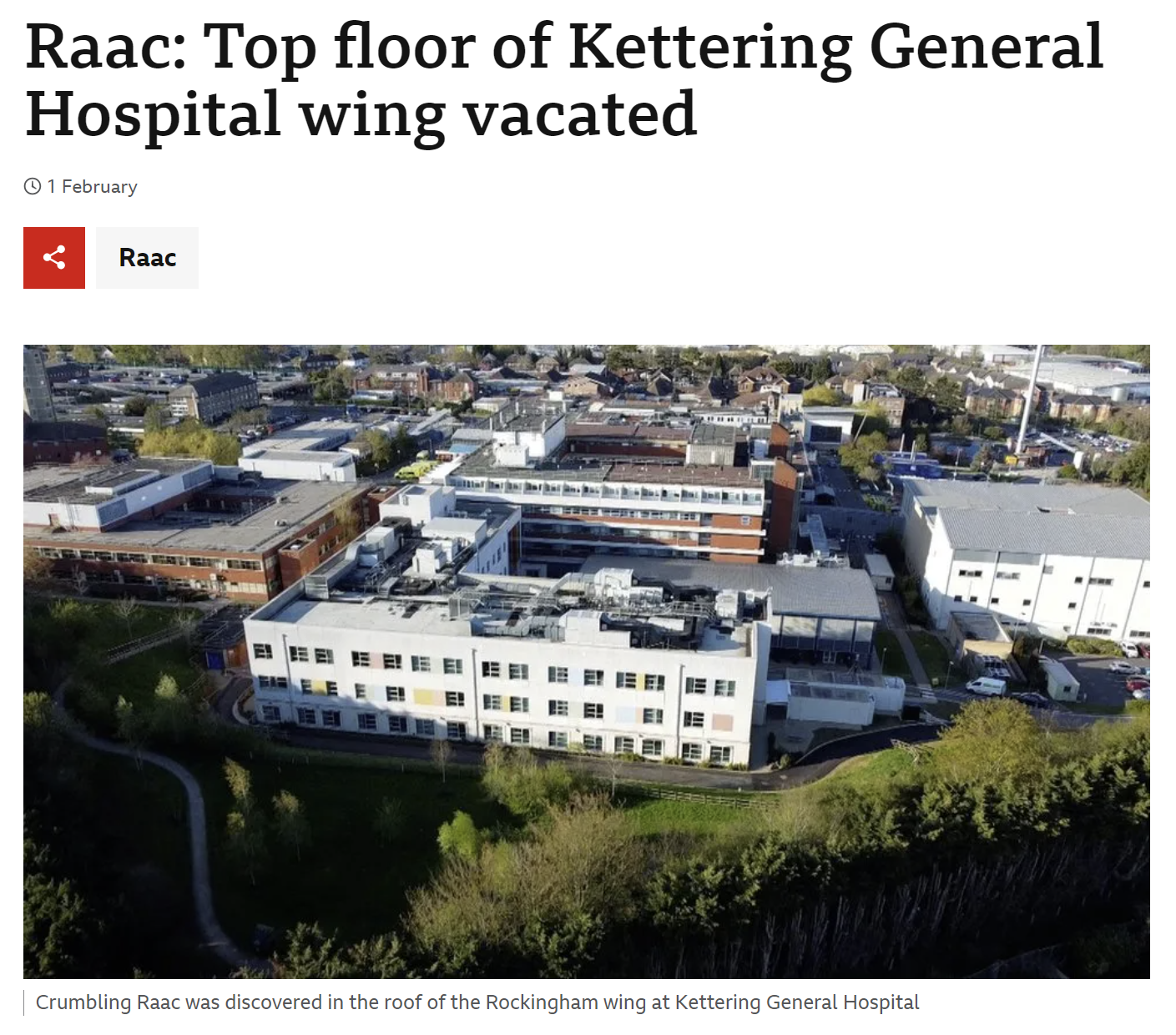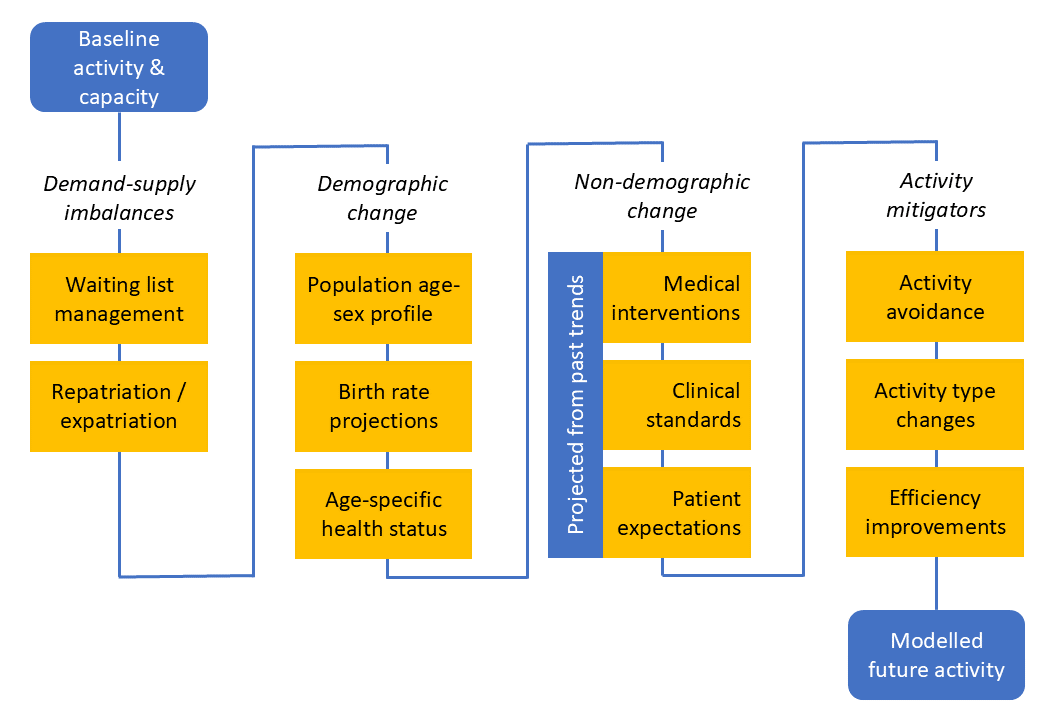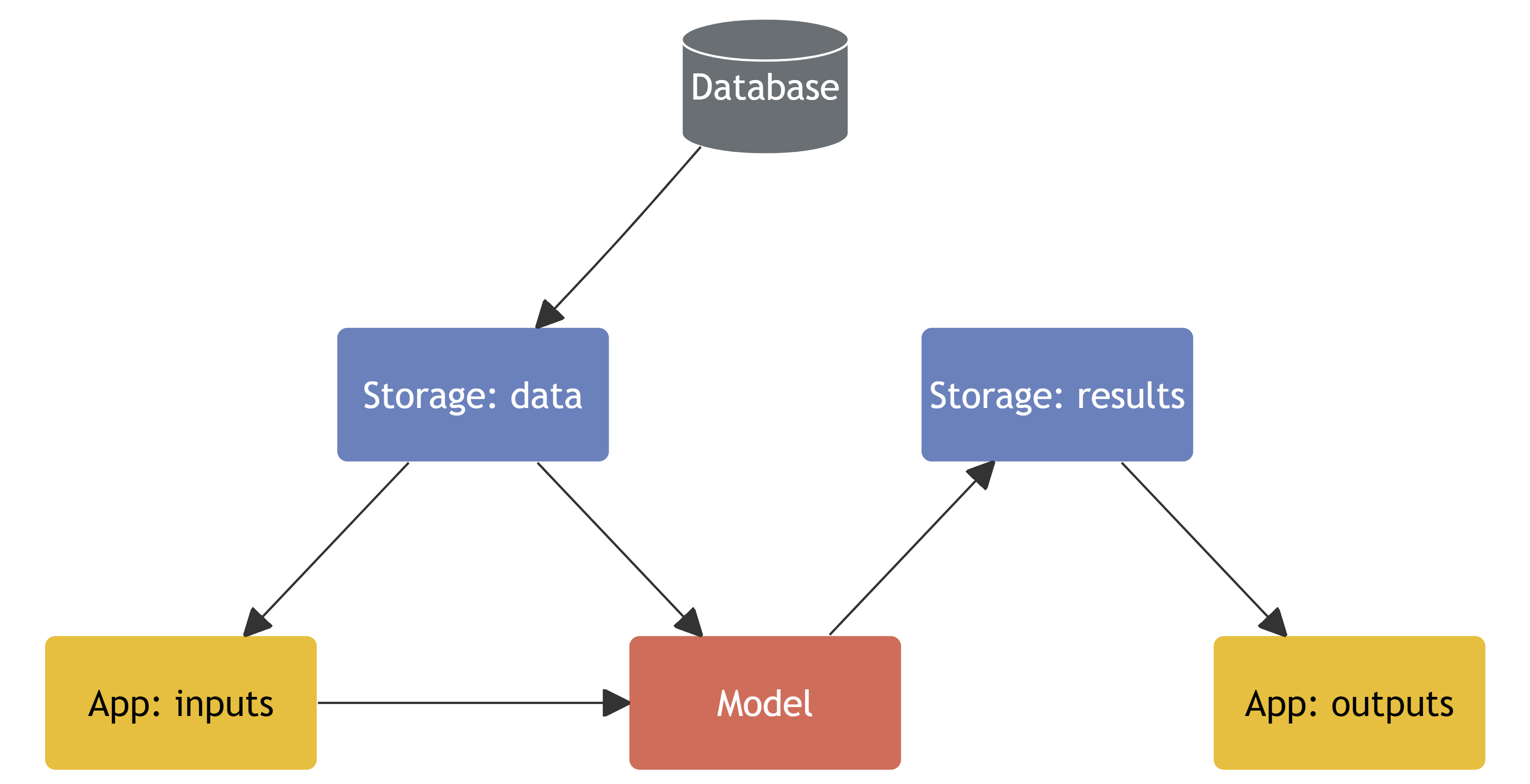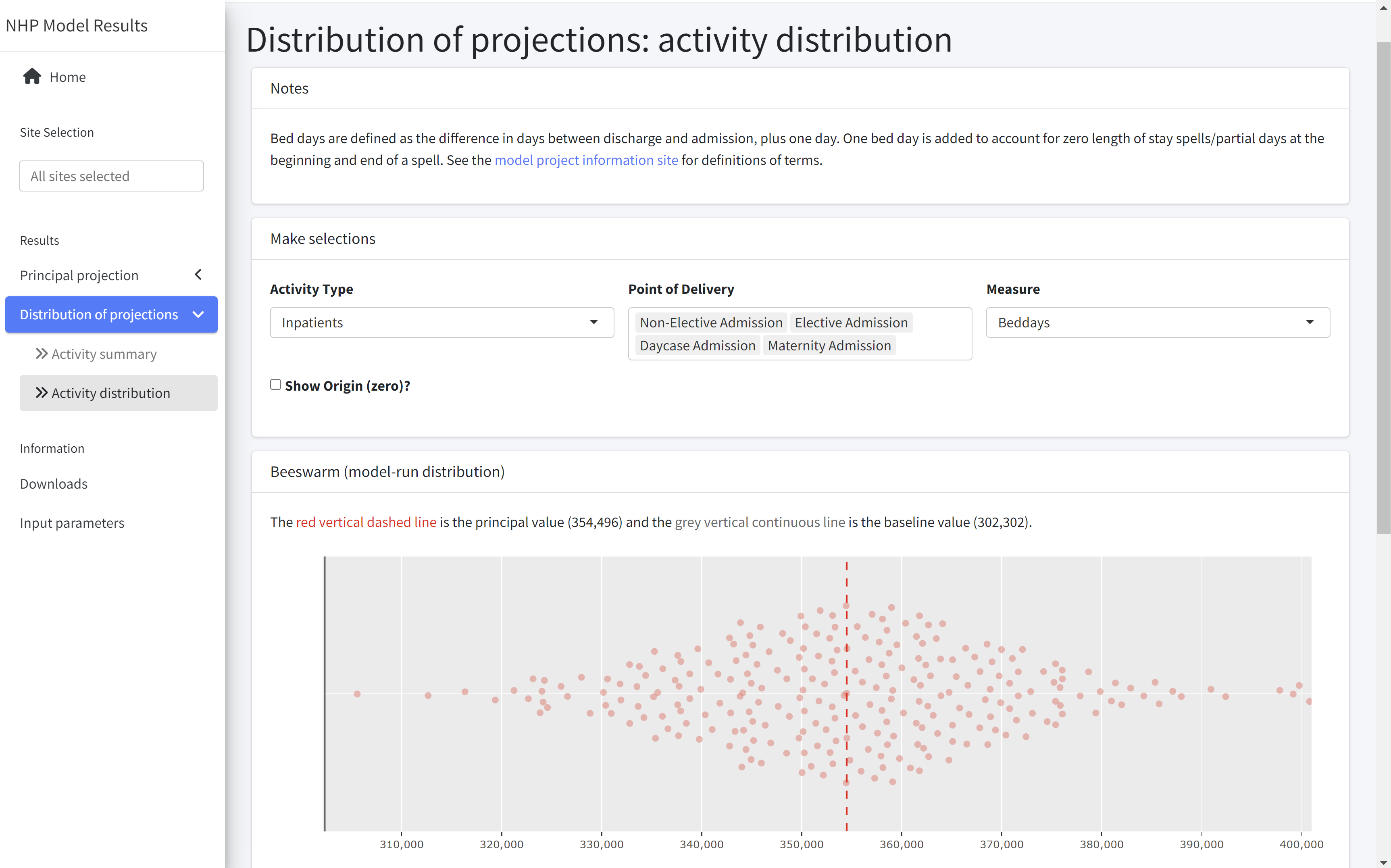Using R and Python to model future hospital activity
EARL Conference 2024
5 September 2024
The New Hospital Programme (NHP)
- A manifesto commitment
- Future activity must be modelled
- Need consistency across schemes

::::

Our challenges
- 28 hospitals currently using the model
- Model is being developed whilst in production
- Model is very complex - technically, and for end users
Tools and platforms
- Data pipelines: {targets} , SQL
- Model: Python , Docker
- Apps: {shiny} and {golem} , Posit Connect
- Infrastructure and storage: Azure
- Documentation: Quarto
- Version control and collaboration: Git , GitHub


Next
- Forecast regionally and nationally
- Move data and pipelines into Databricks
- Open-source model code
Thank you
- Using R and Python to Model Future Hospital Activity: The New Hospital Programme Demand and Capacity Model
- YiWen Hon, Matt Dray and Tom Jemmett
- The Strategy Unit, NHS ML
Learn more about The Strategy Unit